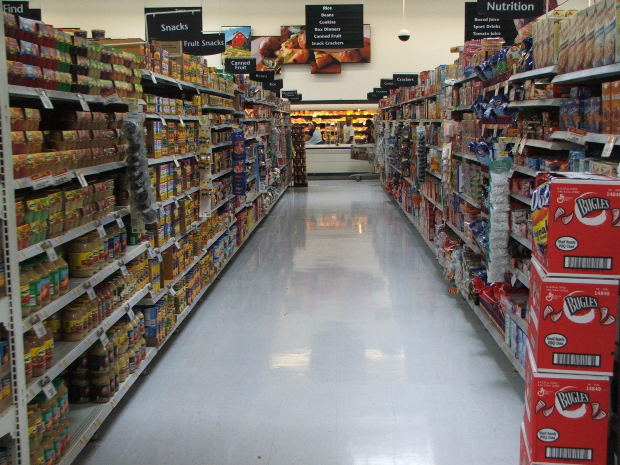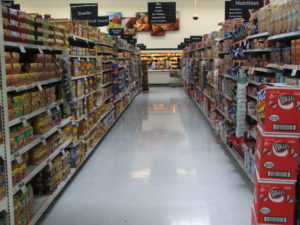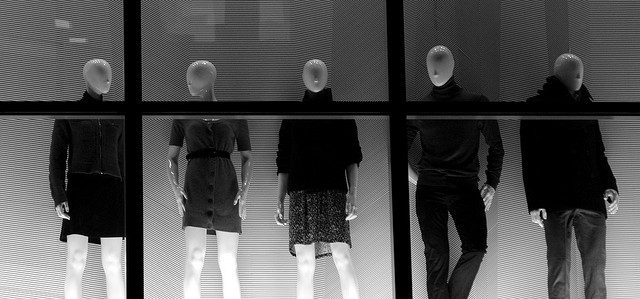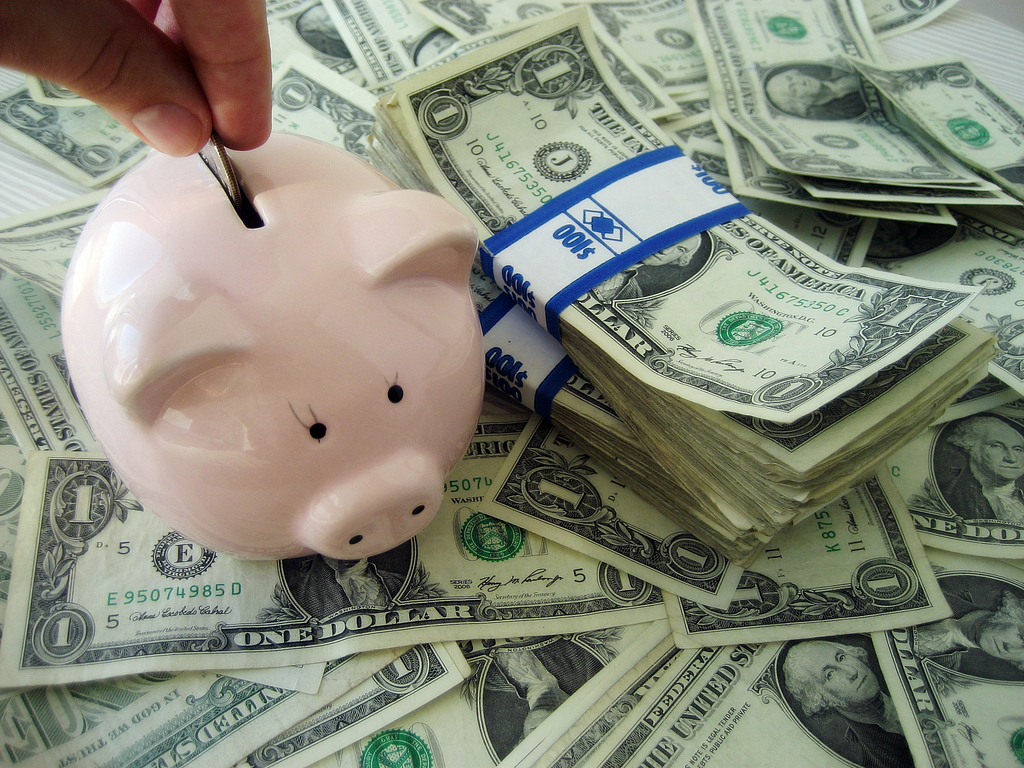
What Is a Planogram?
 Ask any experienced retail store owner and they’ll agree: planning where and how to display merchandise is critical to a store’s success. Blindly placing products on shelves with no sense of organization will result in a cluttered mess that discourages shoppers from making a purchase. Thankfully, a planogram can make the process easier by guiding store owners and their employees on how to display their product.
Ask any experienced retail store owner and they’ll agree: planning where and how to display merchandise is critical to a store’s success. Blindly placing products on shelves with no sense of organization will result in a cluttered mess that discourages shoppers from making a purchase. Thankfully, a planogram can make the process easier by guiding store owners and their employees on how to display their product.
A planogram is exactly what it sounds like: a visual diagram that defines where and how product should be displayed. The Oxford Dictionary defines “planograms” as “a diagram or model that indicates the placement of retail products on shelves in order to maximize sales,” which is a pretty accurate definition by most standards. A typical planogram may feature a diagram of shelves along with the appropriate shelf height and the respective product to be displayed. Other planograms may feature illustrations of pegboards or other visual merchandising displays.
While hundreds of major retailers from across the globe now use planograms, their origins go back to the K-Mart. It’s believed that K-Mart was the first store to use planograms. Over the years, other retailers took notice and began using them as well.
So, why should retailers use planograms? These otherwise simple illustrations can make a world of difference in a store’s visual merchandising, and subsequently its sales. Planograms are typically created using computer software, allowing for precise measurements and calculations to ensure the product is displayed in the most efficient and engaging manner possible. Trying to “eyeball” a location on a shelf to display a product doesn’t always work. With a planogram, store owners can display their product with greater ease, ensuring each and every item fits in its intended location.
Planograms typically provide the following targets:
- To optimize the store’s available space in the most efficient manner possible.
- To ensure proper inventory levels on shelves.
- To facilitate the brand’s identify with the retailer.
- To assist in mapping the store’s layout.
But planograms aren’t designed for all retail stores and businesses. Boutique apparel shops, for instance, may have display their product in a more appealing manner by manually setting up their product instead of using a planogram.
If you have any questions at all about up visual merchandising, please give us a call at 800.241.6897 or email us at /contact-us/.


